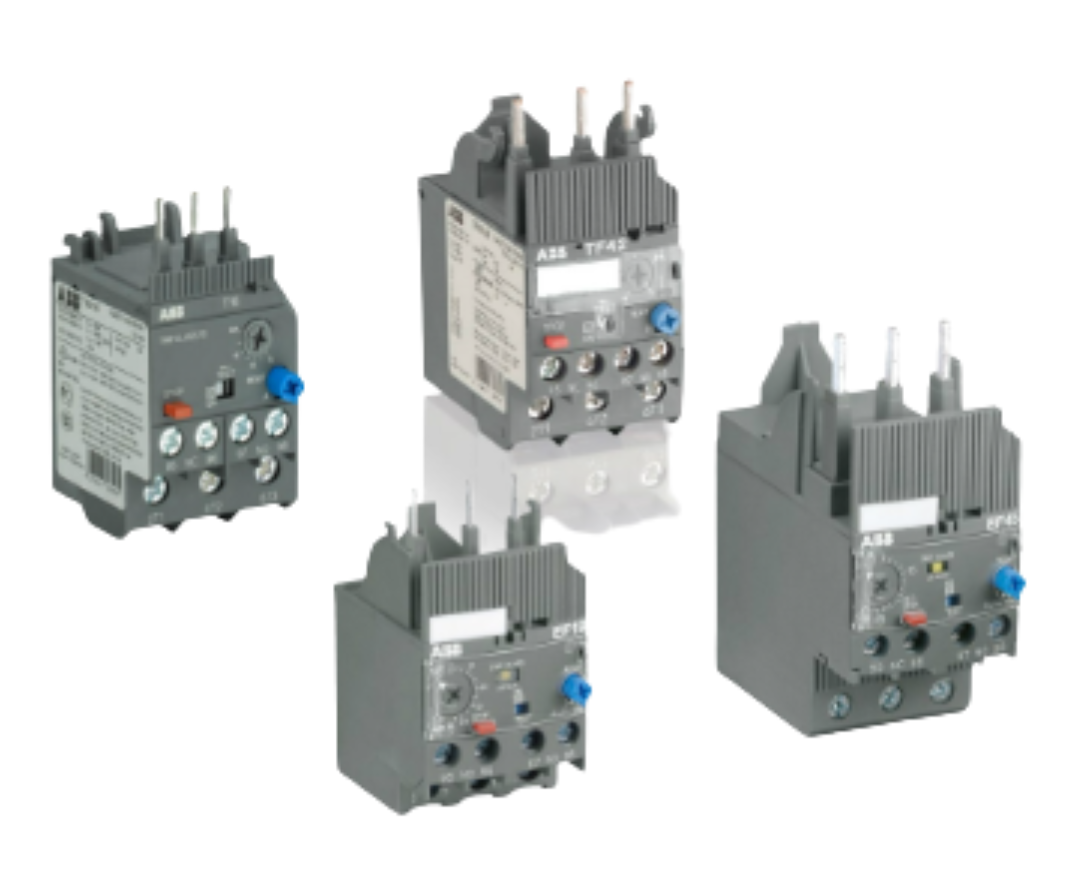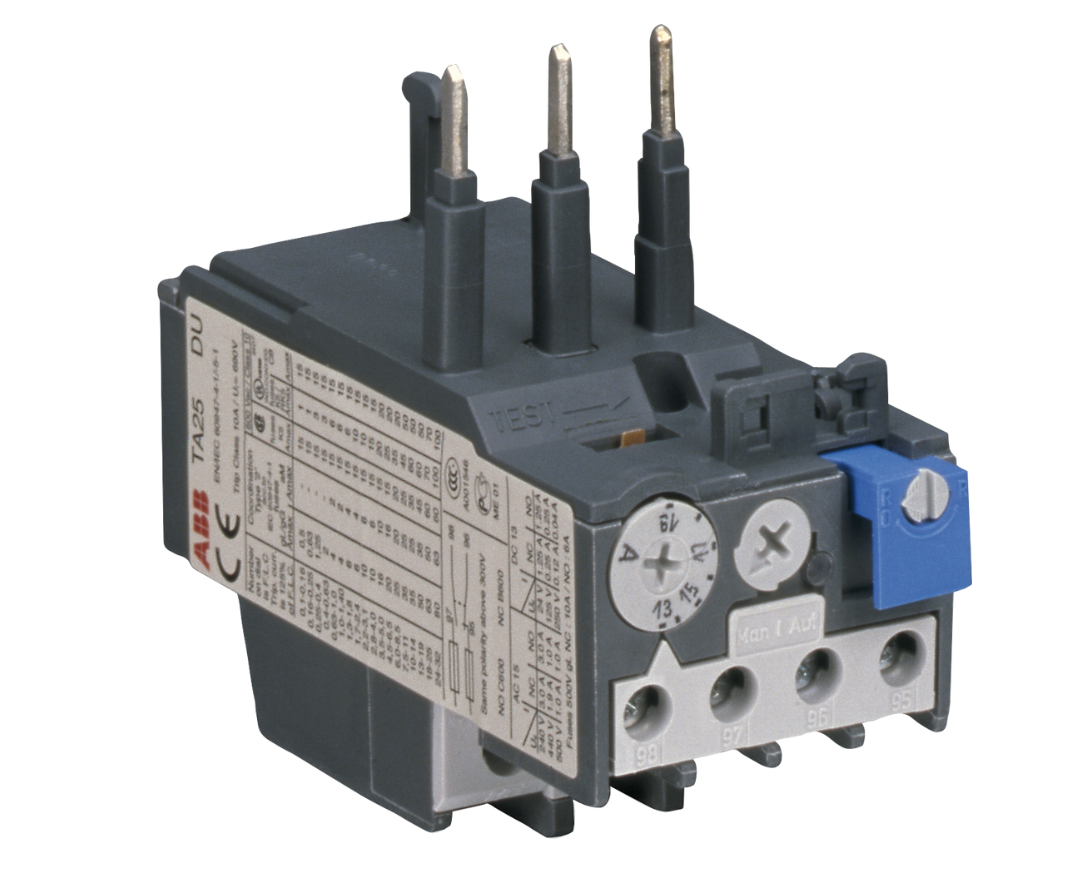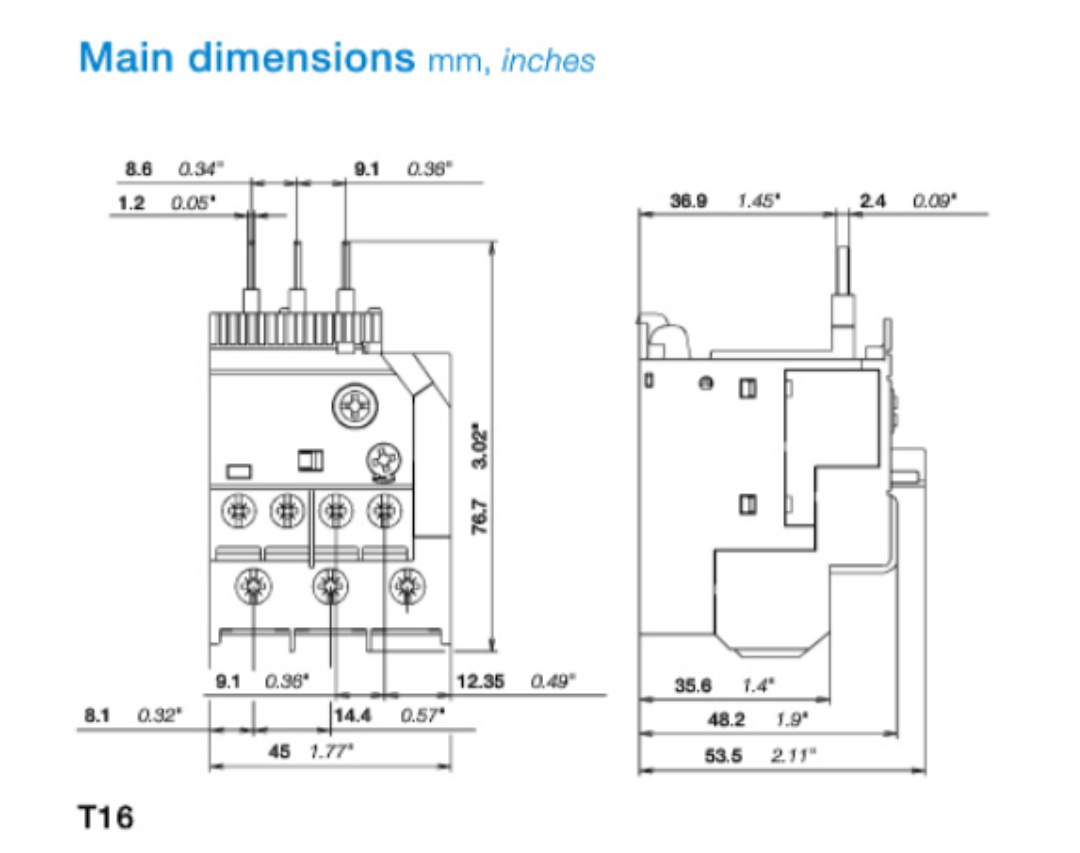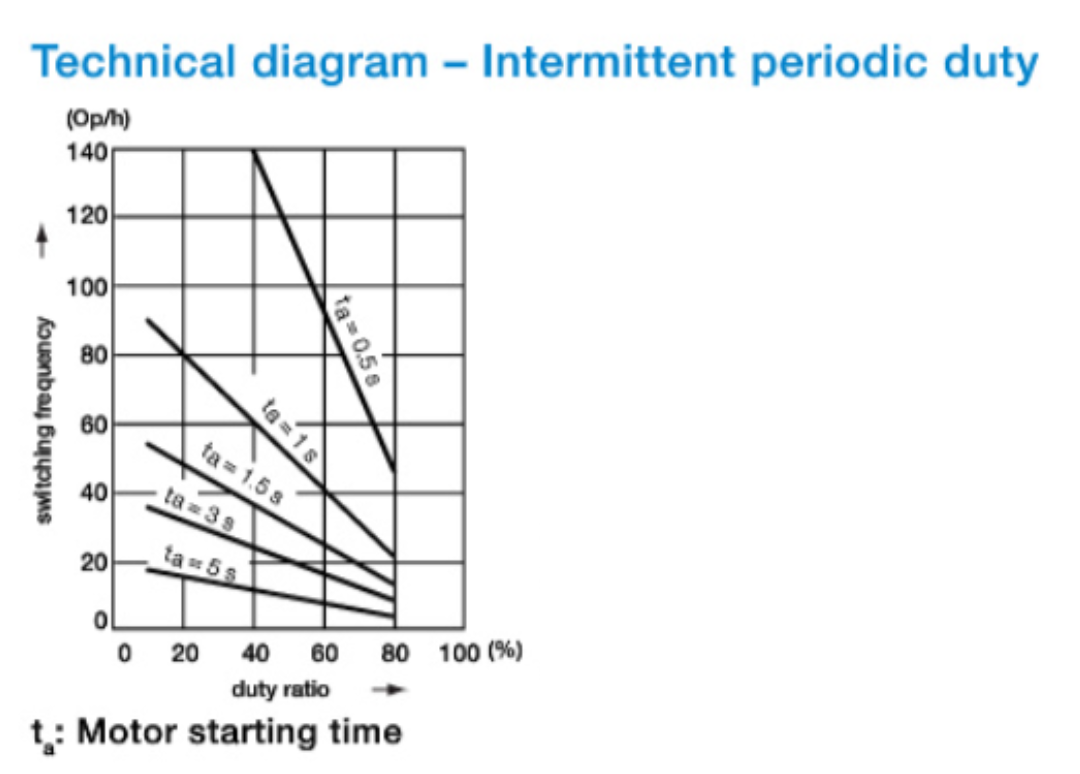To put it in very simple terms, Relays are electrically operated switches that open and close the circuits by receiving electrical signals from outside sources.
Electromechanical Relay
Electromagnetic relays are generally composed of an iron core, coil, armature, contact reed, etc. When a certain voltage is added to the two ends of the coil, a certain current will be generated in the coil, which will produce an electromagnetic effect. The armature will overcome the pulling force of the return spring to attract the iron core under the action of the electromagnetic force, and the moving contact and the static contact (normally open contact) of the armature are closed. When the coil is de-energized, the electromagnetic attraction force disappears, and the armature returns to its original position by the reaction force of the spring so that the moving contact and the original static contact (normally closed contact) are closed. In addition, the "normally open, normally closed" contacts of the relay can be distinguished as follows: the static contact that is in the off state when the relay coil is not energized is called "normally open contact (NO contact)"; the static contact that is in the on the state The points are called "normally closed contact (NC contact)".
Electromagnetic relays include voltage relays, current relays, magnetic holding relays, Solid state relay(SSR), Thermal relays, Time relay
Further we will be discussing ABB’s Thermal Overload Relay 
Thermal Relay
Thermal relays are protective electrical appliances used for overload protection of motors or other electrical equipment and electrical circuits. In the actual operation of the motor, such as dragging the production machinery to work, if the machine is abnormal or the circuit is abnormal, the motor will encounter overload, the motor speed will decrease, the current in the winding will increase, and the winding temperature of the motor will increase. If the overload current is small and the overload time is short, and the motor winding does not exceed the allowable temperature rise, the overload is allowed. However, if the overload time is long and the overload current is large, the temperature rise of the motor winding will exceed the allowable value, aging the motor winding, shortening the service life of the motor, and even burning the motor winding in serious cases. Therefore, this kind of overload is the motor cannot bear. Thermal relay is to use the thermal effect principle of current to cut off the motor circuit in case of overload that the motor cannot bear, so as to provide overload protection for the motor. Structure of Thermal Relay
Structure of Thermal Relay
Thermal relay is composed of a heating element, a bimetallic sheet, and contact, among which the bimetallic sheet is the key measuring element. The bimetallic sheet has two kinds of metal with different coefficients of thermal expansion. The side with a large coefficient of thermal expansion is called the active layer, and the side with a small coefficient of thermal expansion is called the passive layer. The thermal expansion of the bimetallic sheet is produced after being heated. However, due to the different thermal expansion coefficients of the two layers of metal, the first two layers of metal are closely combined together, which makes the bimetallic sheet bend like one side of the passive layer. The mechanical force produced by the bimetallic sheet bending due to heating will drive the moving contact to break the circuit.

Working Principle of Thermal Relay
When the motor operates normally, the thermal element of the thermal relay will not generate enough heat to make the protection function act, and its normally closed contact will keep a closed state; when the motor is overloaded, the thermal element of the thermal relay will generate enough heat to make the protection function act, and its normally closed contact will be disconnected to make the motor lose power through the control circuit, so as to protect the motor. After troubleshooting, the thermal relay should be reset before the motor can be restarted.
Thermal relay generally has two reset forms: manual reset and automatic reset. The conversion of the two reset forms can be completed by adjusting the reset screw. When the thermal relay is delivered from the factory, the manufacturer usually sets it to the automatic reset state. In use, whether the thermal relay is set to a manual reset state or an automatic reset state depends on the specific situation of the control circuit. In general, the principle is that even if the thermal relay resets automatically after the protection action of the thermal relay is followed, the protected motor shall not restart automatically, otherwise, the thermal relay shall be set to the manual reset state. This is to prevent the motor from repeatedly starting and damaging the equipment when the fault is not eliminated. For example, for the control circuit of manual start and manual stop controlled by a button, the thermal relay can be set to automatic reset mode; for the automatic start circuit controlled by the automatic element, the thermal relay shall be set to manual reset mode.
Source: ABB Motor Protection Catalogue